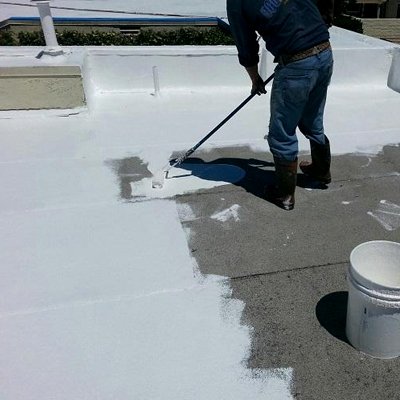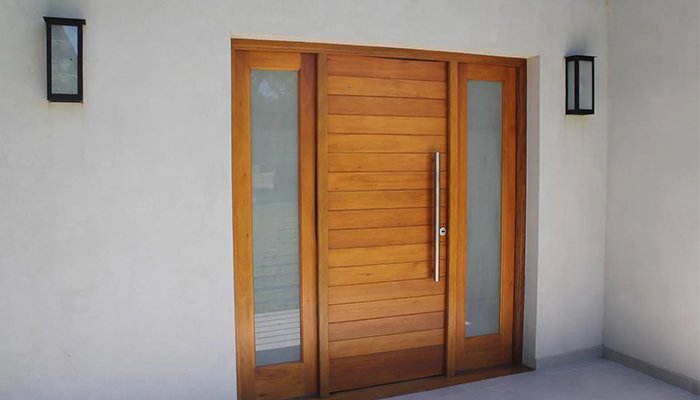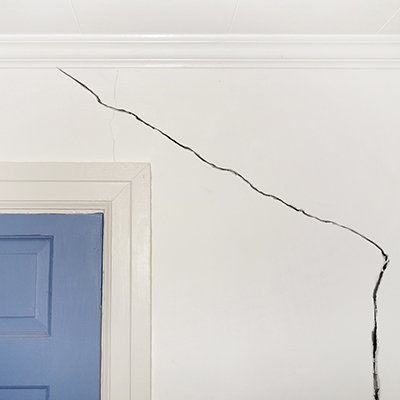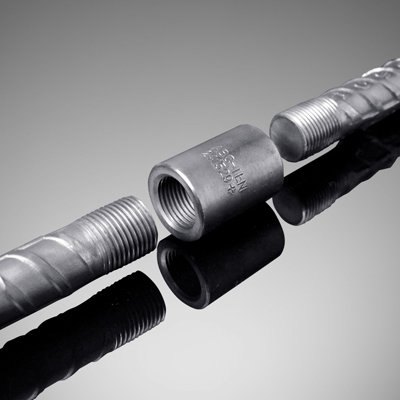WATER PROOFING ON ROOF
2. Brick Bat Coba Waterproofing
This waterproofing is done by laying of splashed brickbats (pieces) over new mortar, which goes about as a protection for warm solace. Surface block layer thickness in the middle of 70mm to 150 mm (Avg. diameter of 110mm).
3. Water Proofing with Bitumen Felt
Hessian based tar felt is the most common product for water proofing on the new roofs. These felts use hessian as the barrier medium for bitumen and bituminous compound. The bitumen felt should be laid over finished roof surface of slope not flatter than 1 in 120.
In normal weather conditions the treatment should consist of 4 courses as under:-
- Hot applied bitumen @ 1.2-1.464 Kg/Sqm.
- Hessian base self- finished felt type 3 Grade I.
- Hot applied bitumen @ 0.7-1.2 Kg/Sqm.
- Pea size gravel or grit @ 0.006-0.008 Cum/Sqm.
For severe climatic conditions and important structures/courses heavy duty treatment should be given as detailed below:-
- Hot applied bitumen @ 1.464 Kg/Sqm minimum.
- Hessian base self-finished felt type 3 Grade I.
- Pea size gravel or grit @ 0.008 Cum/Sqm.
4. Water Proofing Using Polyethylene Film
On slopped roof surface, polyethylene film can be laid. This system is suitable for new as well as old construction. This treatment generally consists of application of following courses:
- A coat of bitumen primer conforming to IS: 3384 applied to the prepared surface at the rate of 0.3 to 0.5 kg/m2 .
- Application of hot applied bitumen (straight run bitumen conforming to IS:73 ) at the rate of 0.70 kg/m2 minimum
- Laying of polyethylene film conforming to IS: 2508 with cold cutback adhesive in overlaps.
- Laying of 100 gm brown kraft paper laminated in situ over the film with semi hot layer of straight run bitumen.
- Application of semi hot applied bitumen at the rate of 0.7 kg/m2 dusted with fine sand.
- Laying of finishing layer of tiles or Indian Patent Stones i.e. 1:2:4 cement concrete with 10mm down aggregate or cement concrete.
5. Elastomeric Paints
At present, a large number of ready to use cold-applied elastic membrane forming mixes are accessible in the market for waterproofing. These mixes are unique, unlike customary paints, which are regularly applied in film thickness of 0.5 to 0.75 mm utilizing a roller or brush. This thickness is multiple times thicker than conventional paints, which don't lose over a high-temperature range and time.
Advantages of Waterproofing on Roof
- It increases the strength of the structure – In increases the lifespan of the building by preventing the water and dampness to enter the building and by this the structure can avoid damage such as rust, rotting, corrosion and deterioration.
- Energy Efficiency – As the paints used for waterproofing on roof are reflective so they reflect the infrared radiations from the sun, thus keeping the inside of the house cool and leading to less requirement of air conditioning.
- It prevents mould – Waterproofing prevents the water from coming inside the building and prevents the dampness which ultimately hampers the growth of fungus and mould in the building and making a healthy environment to live.
- It reduces maintenance cost – Concrete waterproofing is a cost-efficient solution to save on expensive repairs. When your building is free from water damage, you can expect to have less problems maintaining it.
- It increases property value – Everybody wants the building they are living/using to be perfect and free from dripping water or dampness. Waterproofing system maintains the aesthetic look of the building and adds value to your property.





